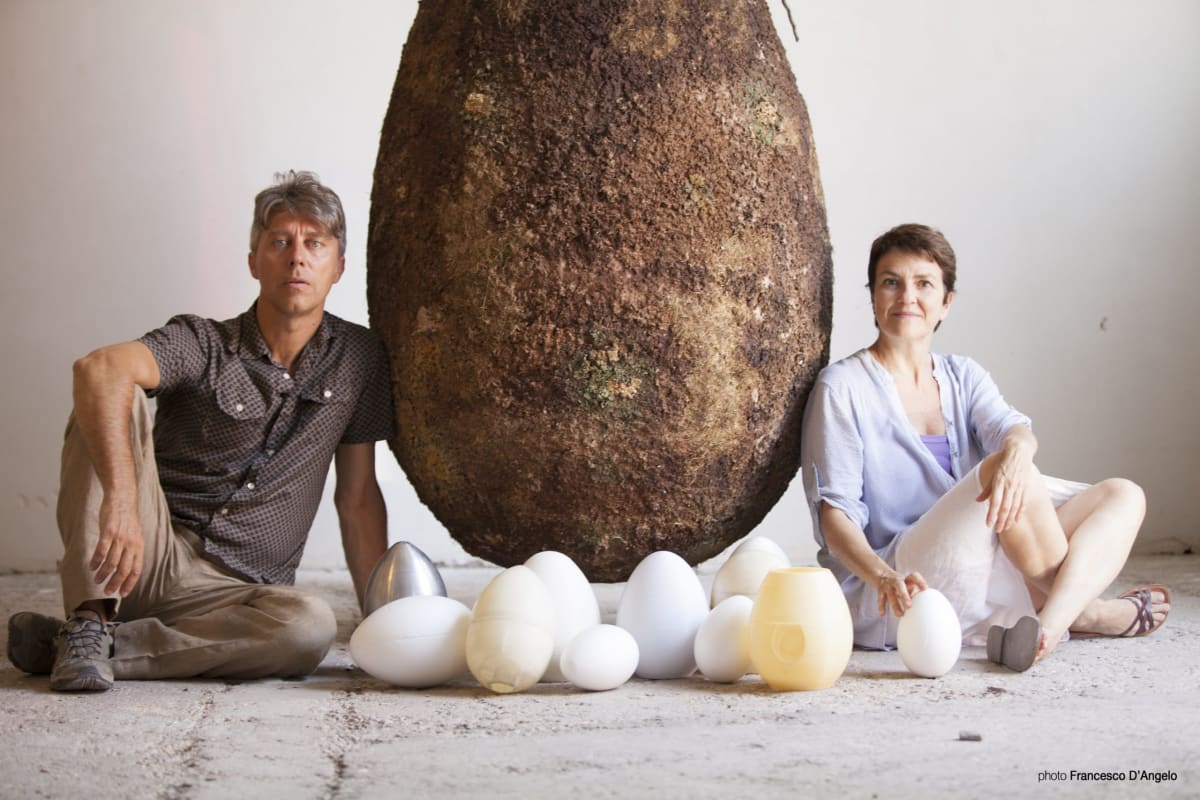
Capsula Mundi is an Italian company aiming to redesign the way in which we bury the deceased. The two founders, Anna Citelli and Raoul Bretzel looked at the codified position that the coffin and the tombstone play in our Western society, and approached it with a fresh perspective, one which they believe is more eco-friendly and personal than our current method of committing a body to the earth.
The Capsula Mundi is an egg-shaped pod into which the body is placed in the foetal position. This pod then germinates and grows into a tree; a living memorial to the person we’ve lost.
Keen to find out more about a proposition that bears all of the hallmarks of a revolutionary approach to burial, we caught up with Anna & Raoul to discuss how their project has been received, and what hurdles they face to bring the Capsula Mundi into the mainstream.
If you’re keen for an eco-funeral, you may wish to take out a funeral plan to ensure that your funeral wishes are recorded. Or if you’re looking to arrange a green funeral, start by finding your local funeral director who offers this service.
How did the idea for Capsula Mundi initially come up?
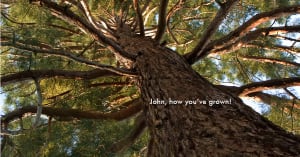 As designers by trade, we believe that design can be applied as a solution for improving not only everyday objects, but also to projects that have a cultural impact on society at large. We started to think about how death was entirely left out of the design world. Death is often dealt with as a taboo, even though it has a very high environmental impact. Capsula Mundi comes from these reflections. It has the aim of fundamentally changing the cultural approach to death and to comply with a holistic vision: after dying we’ll still be part of the cycle of life and we should leave behind a positive legacy for our loved ones and for the future of the Earth.
As designers by trade, we believe that design can be applied as a solution for improving not only everyday objects, but also to projects that have a cultural impact on society at large. We started to think about how death was entirely left out of the design world. Death is often dealt with as a taboo, even though it has a very high environmental impact. Capsula Mundi comes from these reflections. It has the aim of fundamentally changing the cultural approach to death and to comply with a holistic vision: after dying we’ll still be part of the cycle of life and we should leave behind a positive legacy for our loved ones and for the future of the Earth.
What has the public reaction been like to your product?
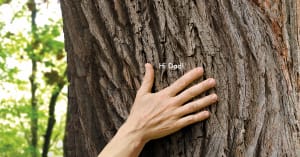 At the first exhibition of Capsula Mundi we were afraid of how the public would react. But actually many people who approached our stand got curious about this strange brown egg suspended in a completely white room, with a green tree on the top and they asked us, smiling: “What’s this?” We would reply, “A coffin!” and we could see the expression on their faces changing suddenly! But when we explained the whole project to them, a radiant expression would come back onto their faces! Everybody was enthusiastic and fascinated. We think that people need to be free from the taboo of death that weighs on the Occidental culture, like an immovable stone, and from the reaction that we’ve had, it seems that people are open to a paradigm shift in this area.
At the first exhibition of Capsula Mundi we were afraid of how the public would react. But actually many people who approached our stand got curious about this strange brown egg suspended in a completely white room, with a green tree on the top and they asked us, smiling: “What’s this?” We would reply, “A coffin!” and we could see the expression on their faces changing suddenly! But when we explained the whole project to them, a radiant expression would come back onto their faces! Everybody was enthusiastic and fascinated. We think that people need to be free from the taboo of death that weighs on the Occidental culture, like an immovable stone, and from the reaction that we’ve had, it seems that people are open to a paradigm shift in this area.
How are the pods/cocoons made? What are they made from?
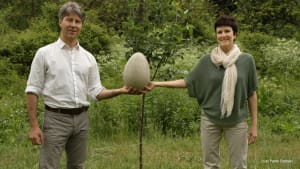 The pods are made from a fully biodegradable bio-polymer. We use a production technique that requires human hands, so that each Capsula Mundi burial pod is unique, and has that human touch to it.
The pods are made from a fully biodegradable bio-polymer. We use a production technique that requires human hands, so that each Capsula Mundi burial pod is unique, and has that human touch to it.
The body pod is at the moment still in a conceptual phase. We need to do some further legal and scientific research on it. We have, however developed an ‘urn,’ which is a Capsula in a smaller size for ashes, and is available for sale through our website.
Are there many legal hurdles to overcome?
 It’s difficult to categorise the legal hurdles which we face, as they differ from country to country, and sometimes even within the same country. Most of the European countries allow the dispersal of ashes, including our country, Italy, but green burial is permitted in only a few.
It’s difficult to categorise the legal hurdles which we face, as they differ from country to country, and sometimes even within the same country. Most of the European countries allow the dispersal of ashes, including our country, Italy, but green burial is permitted in only a few.
In England, however, and in the Anglo-Saxon countries in general, green burial is a viable option, a reality.
In which countries is the Capsula Mundi available?
Bearing in mind the legal obstacles (see above), the Capsula Mundi is available anywhere through our website.
Do you market the Capsula Mundi to funeral directors, or just to members of the public?
We are currently marketing the Capsula Mundi urns through our website shop. We are always open to those funeral directors who are interested in spreading more trees on our planet getting in touch with us.
How do you think we will be burying our dead in the future?
There are more and more human beings on our planet with each day, which leads to the problems of a lack of space, and an ever-increasing environmental footprint. At the same time, funerals are getting more and more expensive. These forces are putting pressure on the traditional way in which funerals are approached, and we believe that in the future there will be more space for ‘unconventional’ options, and certainly for greener options, where people want to return to Nature and respect the environment with their death.



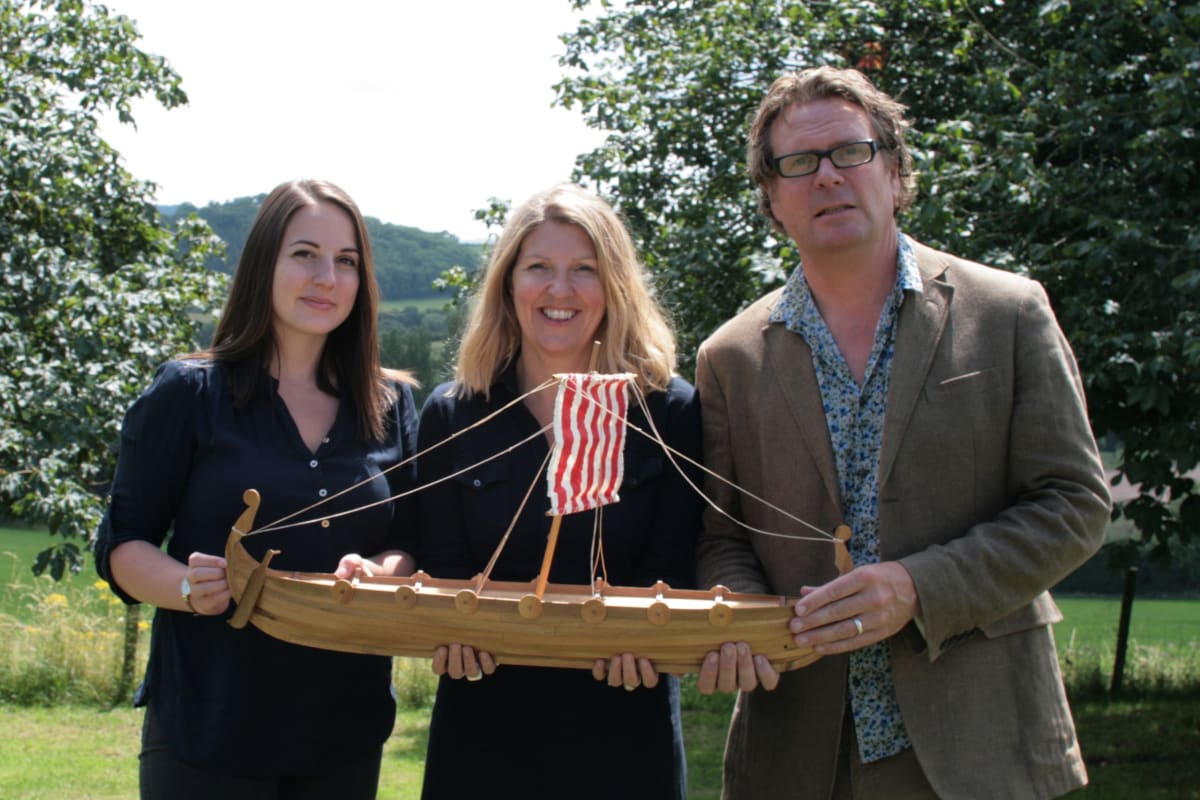

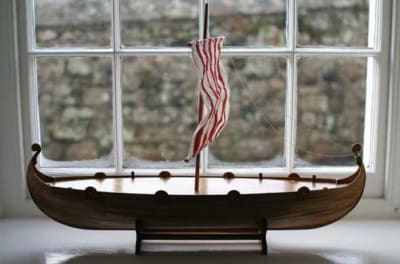
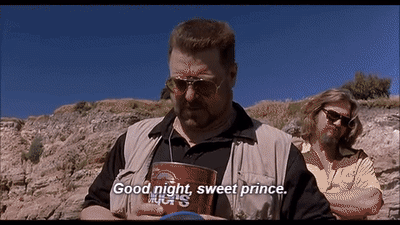
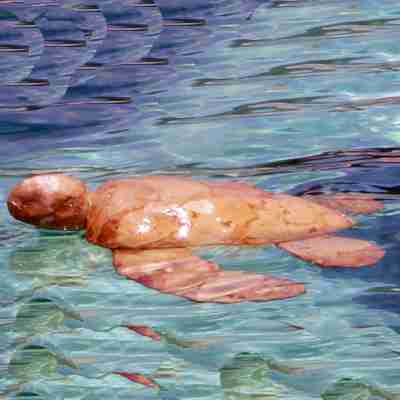
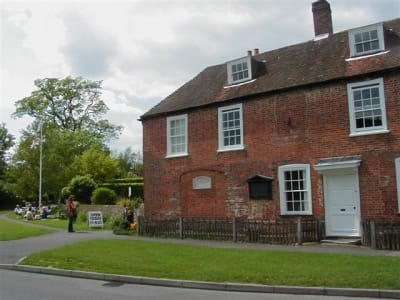

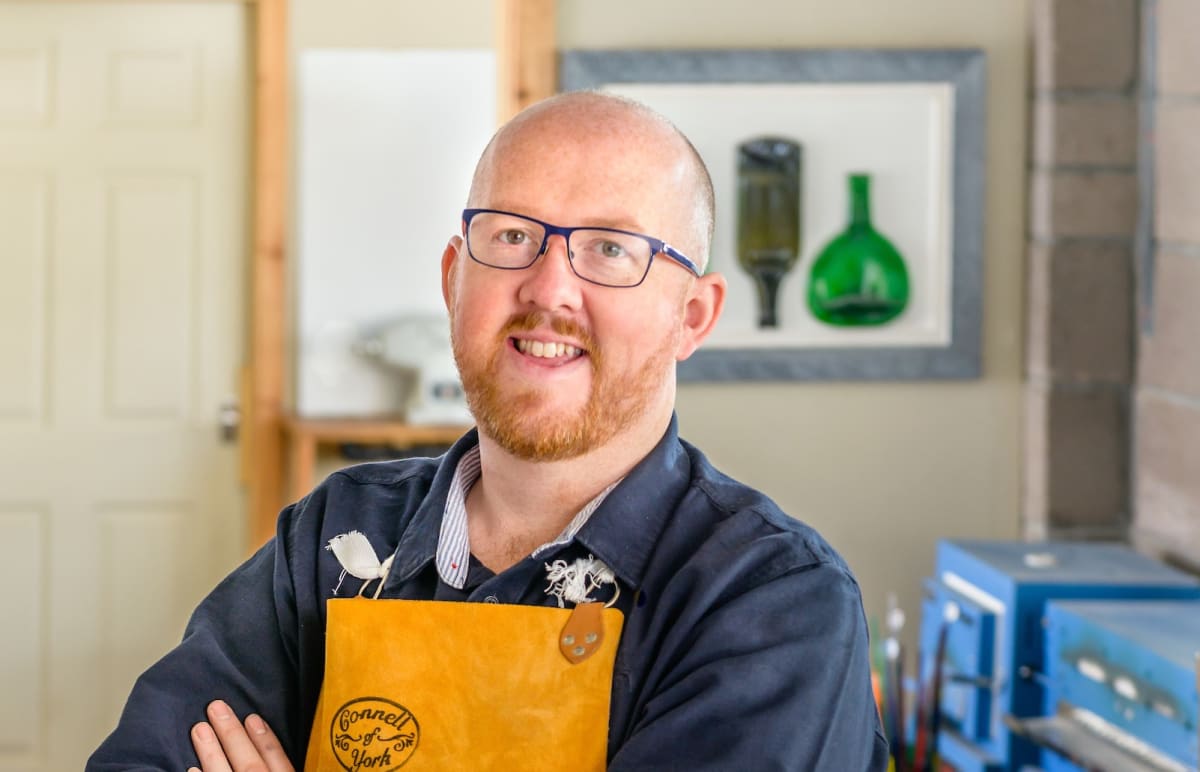


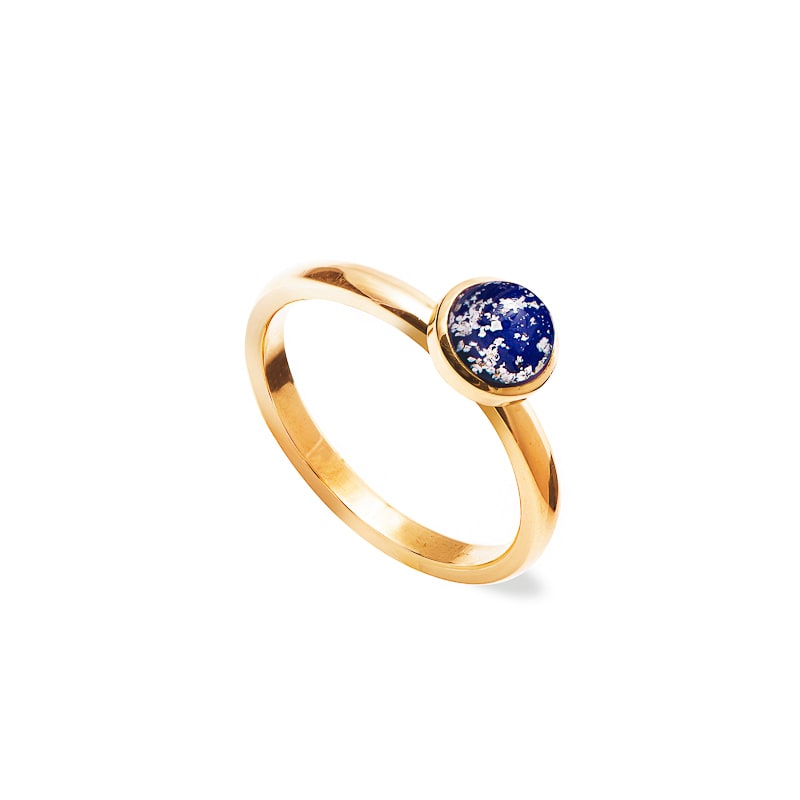
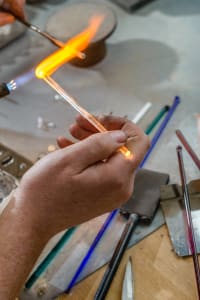
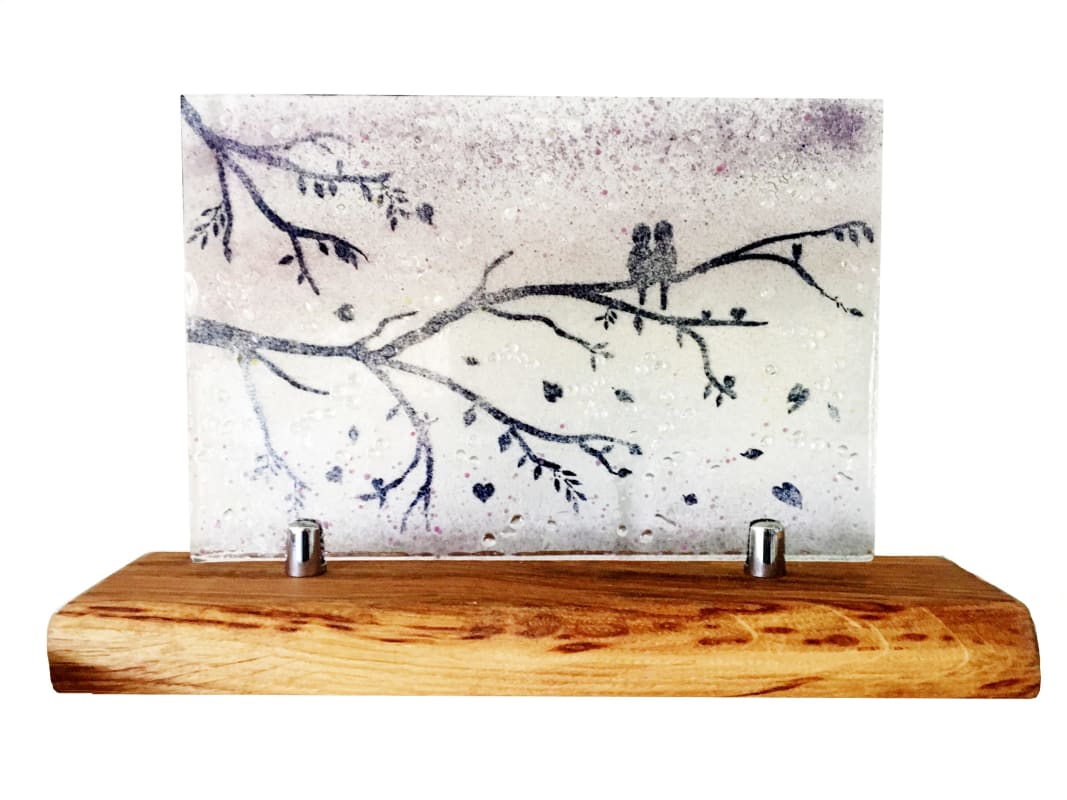
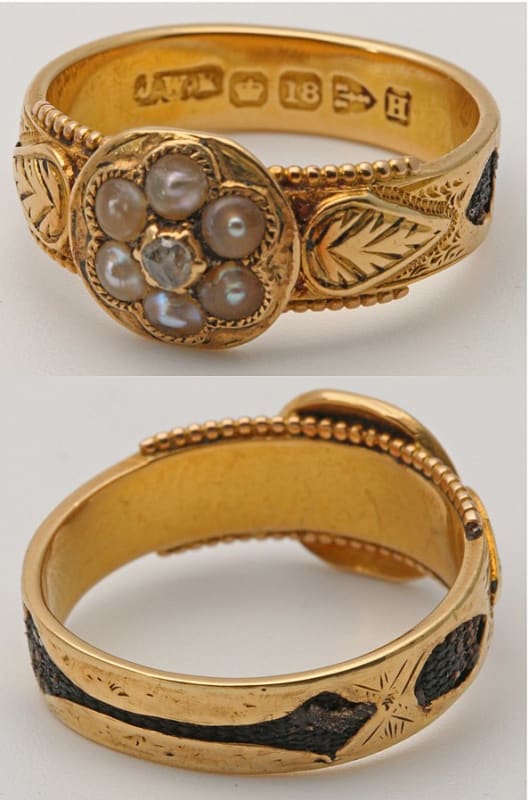
How do I go about getting one of these orgsnized for my burial in Tasmania
Best to get in touch with Capsula Mundi directly
i love nature, depending on the season and my comfort level. i don’t like summer at all. winter is usually too cold, but if i’m adequately bundled, a not-too-long exposure in not-windy conditions is refreshingly brisk. spring is undoubtedly uplifting and inspiriting. but the season that gets my juices going the most is definitely the Autumn.
the crisp aromas of Autumn are intoxicatingly spicy, the beauty of the colorful leaves, the burning piles of leaves lending their smoky incense, the beds of raked leaves to jump on (hey, it’s not just for dogs!), the foods of Autumn: fruits and vegetables, casseroles, soups, braises, mulled wine, and cider, and the Janus holiday of Thanks/Friends-giving. nothing compares to Autumn.
malheureusement, i’m stuck in central Florida. have been for the past decade. and for 30+ years prior to that, it was south Texas and New Orleans. i have mainly the treasured memories of my youth to sustain me. once i die, though, i hope that Capsula Mundi will arrange for my remains to be enclosed in a biodegradable pod and buried in a forested area up in the Northeast, far enough inland to avoid the inundation of rising waters from the Atlantic yet too distant for the parched midlands of prairie fires. on top of my body, CM will then plant a sapling of my choice (yet to be determined, and dependent upon location and eventual stabilized climate). my body will contribute to the nourishment of the baby tree-to-be. i am so excited by the thought of this, that sometimes i honestly cannot wait to be dead and buried!